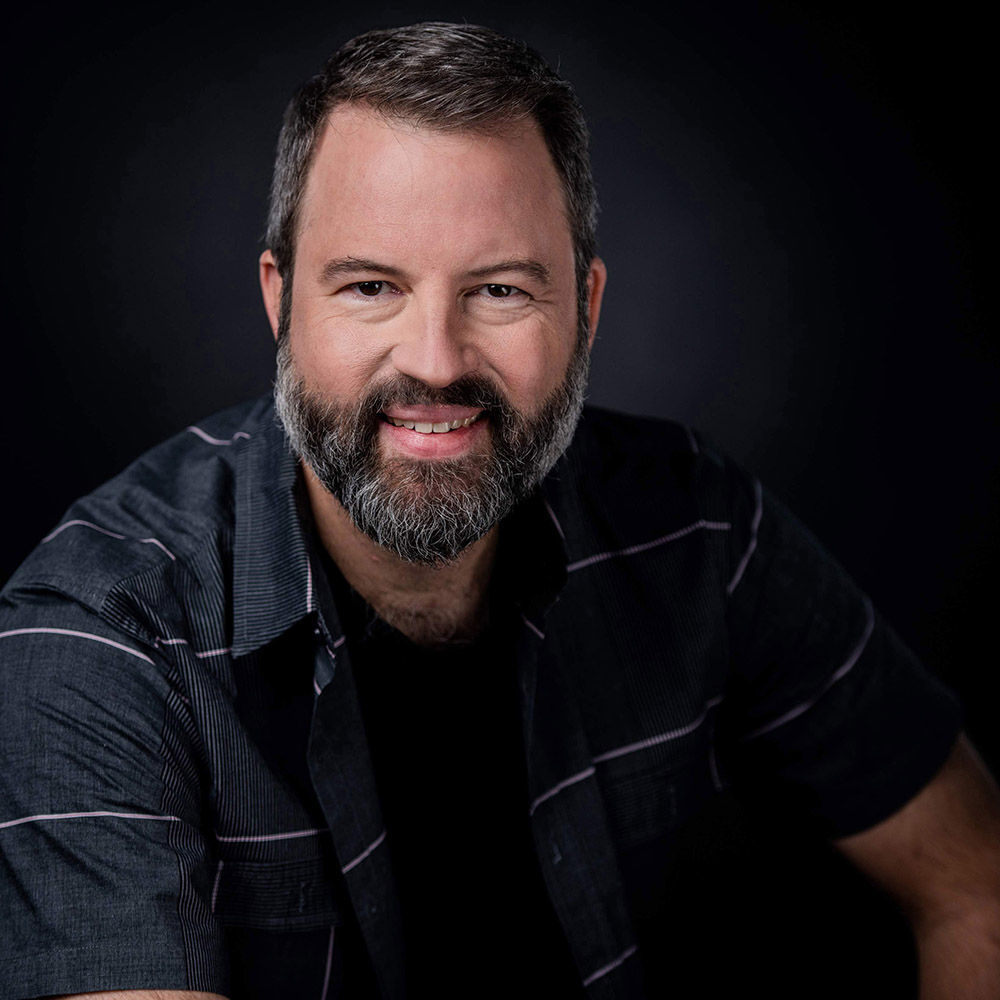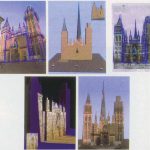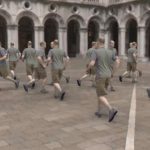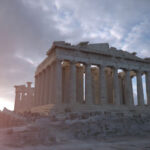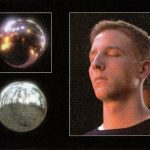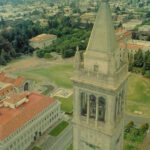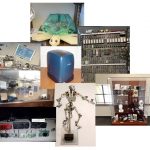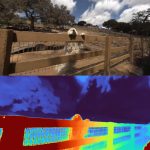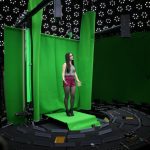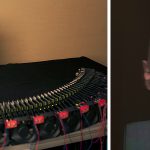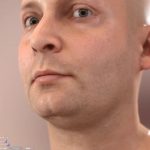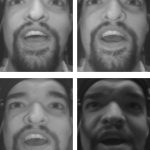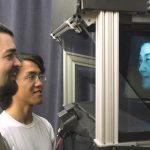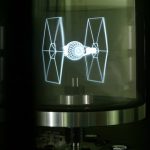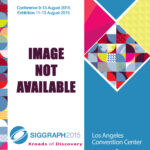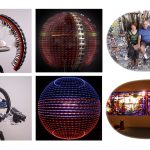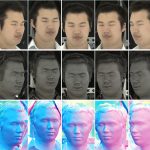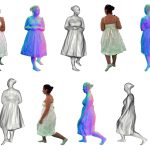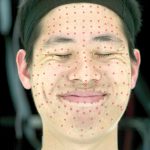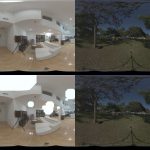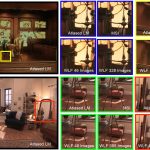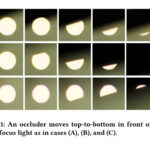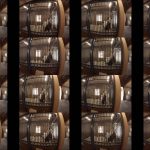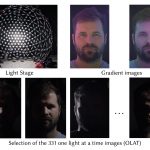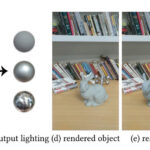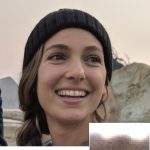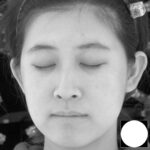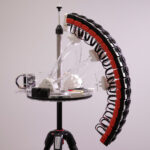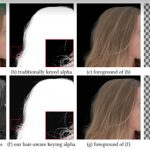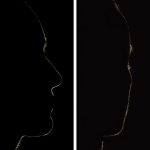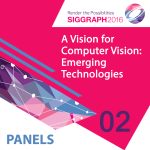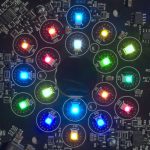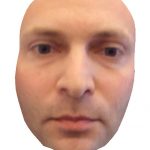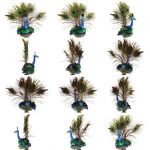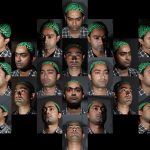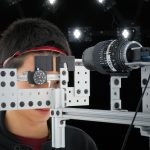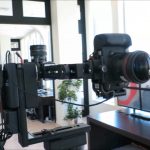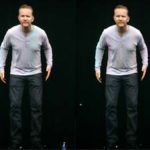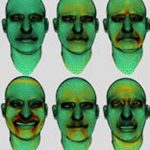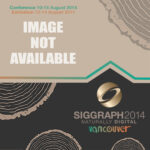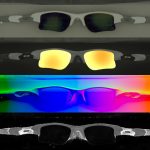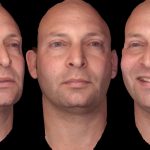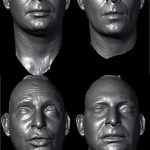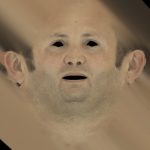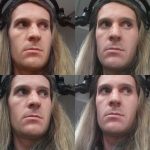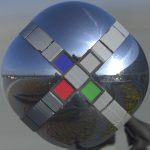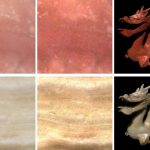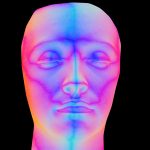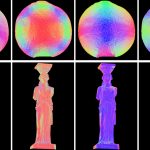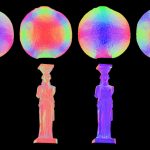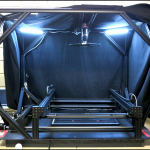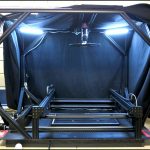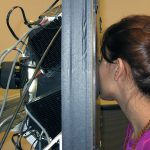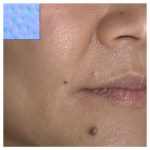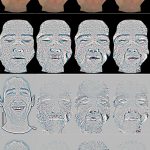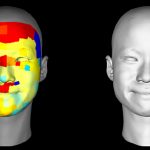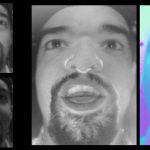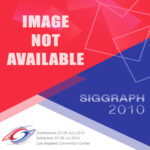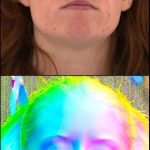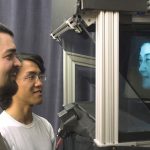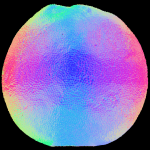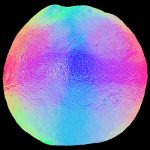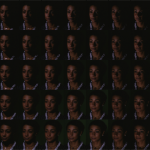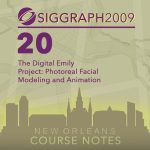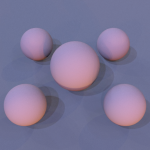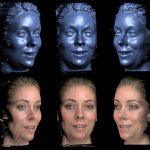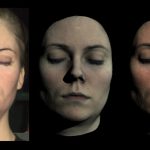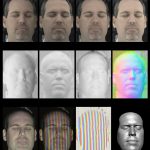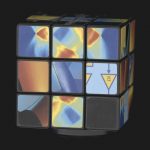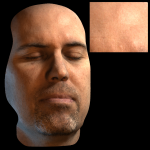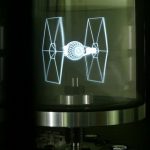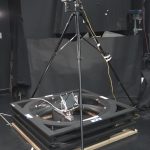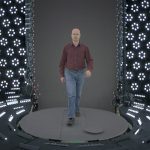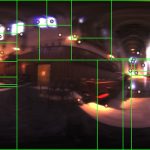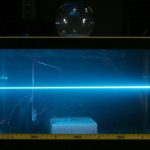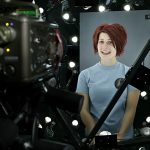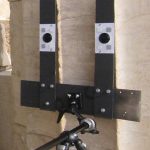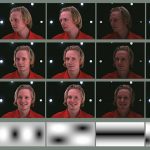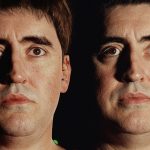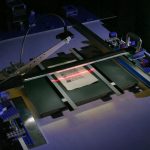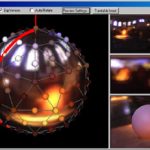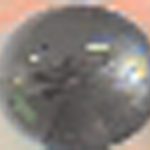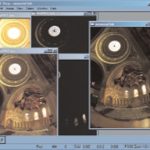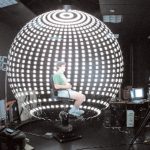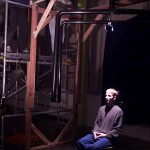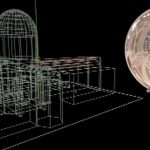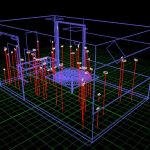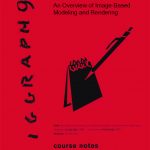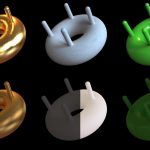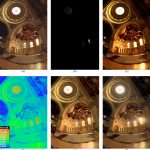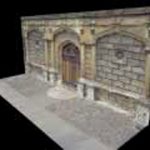Paul E. Debevec
Most Recent Affiliation(s):
- Google LLC, Research Associate Professor
Other / Past Affiliation(s):
- University of Southern California (USC)
- University of California, Berkeley
- OTOY
Location:
- California, United States of America
Bio:
SIGGRAPH 2016
Paul Debevec is a Research Professor at the University of Southern California and the Chief Visual Officer at USC’s Institute for Creative Technologies. Since obtaining his PhD. at UC Berkeley, Debevec’s publications and animations have focused on techniques for photogrammetry, image based rendering and lighting, high dynamic range imaging, facial animation, and 3D displays. Debevec is an IEEE Senior Member and Co-Chair of the Academy of Motion Picture (AMPAS) Science and Technology Council. He received a Scientific and Engineering Academy Award in 2010 for his work on the Light Stage facial capture systems, used in movies including Spider Man 2, Superman Returns, The Curious Case of Benjamin Button, Avatar, Tron: Legacy, The Avengers, and Maleficent.
SIGGRAPH Asia 2016
Paul Debevec is a Senior Staff Engineer at Google VR and an Adjunct Research Professor at the University of Southern California’s Institute for Creative Technologies. Since his 1996 Ph.D. at the University of California at Berkeley, Debevec’s publications and animations have focused on techniques for photogrammetry, image‐based rendering, high dynamic range imaging, image‐based lighting, appearance measurement, facial animation, 3D displays, and virtual reality. He has worked with Microsoft, Interval Research Corporation, Next Media Animation, Dassault Systems, and OTOY. Paul received SIGGRAPH’s first Significant New Researcher Award in 2001 for his contributions to image-based modeling and rendering and a Scientific and Engineering Academy Award® in 2010 for his contributions to the Light Stage facial capture systems, now used in over 30 major motion pictures. Paul chaired the SIGGRAPH 2007 Computer Animation Festival and in 2009 was elected to the SIGGRAPH Executive Committee, and served three years as Vice President of ACM SIGGRAPH ending in 2014. Debevec is an IEEE Senior Member, a Co-Chair of the Academy of Motion Picture Arts and Sciences’ Science and Technology Council, and serves on Academy’s Visual Effects Branch Executive Committee used in movies including Spider‐Man 2, Superman Returns, The Curious Case of Benjamin Button, Avatar, Tron: Legacy, The Avengers, The Avengers, Oblivion, Gravity, Maleficent, and Furious 7.
SIGGRAPH 2014
PAUL DEBEVEC is a Research Professor in the University of Southern California’s Viterbi School of Engineering. He has worked on facial capture and rendering research beginning with his SIGGRAPH 2000 paper “Acquiring the Reflectance Field of the Human Face” which gave rise to the Light Stage systems recognized with an Academy Scientific and Engineering Award in 2010.
SIGGRAPH 2008
Paul Debevec is a research associate professor at the University of Southern California and the associate director of graphics research at USC’s Institute for Creative Technologies. Debevec’s Ph.D. thesis (UC Berkeley, 1996) presented Façade, an image-based modeling and rendering system for creating photoreal architectural models from photographs. Using Facade he led the creation of virtual cinematography of the Berkeley campus for his 1997 film The Campanile Movie whose techniques were used to create virtual backgrounds in the 1999 film The Matrix. Subsequently, Debevec developed techniques for illuminating computer-generated scenes with real-world lighting captured through high dynamic range photography, demonstrating new image-based lighting techniques in his films Rendering with Natural Light (1998), Fiat Lux (1999), and The Parthenon (2004); he also led the design of HDR Shop, the first high dynamic range image editing program. At USC ICT, Debevec has led the development of a series of Light Stage devices for capturing and simulating how objects and people reflect light, recently used to create realistic digital actors in films such as Spider Man 2 and Superman Returns. He is the recipient of ACM SIGGRAPH’s first Significant New Researcher Award and a co-author of the 2005 book High Dynamic Range Imaging from Morgan Kaufmann.
SIGGRAPH 2000
Paul Dcbevec earned degrees in Math and Computer Engineering at the University of Michigan in 1992 and completed his Ph.D. at the University of California at Berkeley in 1996, where he is now a research scientist. Debevec has worked on a variety of image-based modeling and rendering projects, beginning in 1991 in deriving a 3D model of a Chevette from photographs for an animation project. Debevec has collaborated on projects at Interval Research Corporation in Palo Alto that used a variety of image-based techniques for interactive applications; the “Immersion ’94” project done with Michael Naimark and John Woodfill developed an image- based walkthrough of the Banff national forest and his art installation “Rouen Revisited” done with Golan Levin showed at the SIGGRAPH 96 art show. His Ph.D. thesis under Jitendra Malik in collaboration with C.J. Taylor presented an interactive method of modeling architectural scenes from sparse sets of photographs and for rendering these scenes realistically. Debevec has directed several computer animations using image-based modeling, rendering, and lighting techniques including “The Campanile Movie”, “Rendering with Natural Light” and “Fiat Lux” shown in the SIGGRAPH Electronic Theater. With Steven Gortler, Debevec organized the course “Image- Based Modeling and Rendering” at SIGGRAPH 98.
SIGGRAPH 1999
Paul Debevec earned degrees in Math and Computer Engineering at the University of Michigan in 1992 and completed his Ph.D. at the University of California at Berkeley in 1996, where he is now a research scientist. Debevec has worked on a number of image-based modeling and rendering projects, beginning in 1991 in deriving a 3D model of a Cbevette from photographs for an animation project. Debevec has collaborated on projects at Interval Research Corporation in Palo Alto that used a variety of image-based techniques for interactive applications; the “Immersion ’94” project done with Michael Naimart and John Woodfill developed an image- based walkthrough of the Banff national forest and his an installation “Rauen Revisited” done with Golan Levin showed at the SIGGRAPH 96 art show. His Ph.D. thesis under Jitendra Malik in collaboration with CJ. Taylor presented an interactive method of modeling architectural scenes from sparse sets of photographs and for rendering these scenes realistically. Debevec led the creation of an image-based model of the Berkeley campus for ”The Campanile Movie” shown at the SIGGRAPH 97 Electronic Theater, and directed the animation “Rendering with Natural Light” at the SIGGRAPH 98 ET which demonstrated image-based lighting from high dynamic range photography. With Steve Gortler, Debevec organized the course “Image-Based Modeling and Rendering” at SIGGRAPH 98.
SIGGRAPH 1998
Paul Debevec earned degrees in Math and Computer Engineering at the University of Michigan in 1992 and completed his Ph.D. at the University of California at Berkeley in 1996, where he is now a full-time researcher. His work in image-based modeling and rendering began in the summer of 1991 when he derived a realistic model of a 1980 Chevette from photographs for an animation project. Paul has collaborated on projects at Interval Research Corporation in Palo Alto that used a variety of image-based techniques for interactive applications; the piece “Rouen Revisited” showed at the SIGGRAPH ’96 art show. His Ph.D. thesis under Professor Jitendra Malik and done with the collaboration of C.J. Taylor presented an interactive method of modeling architectural scenes from sparse sets of photographs and for rendering these scenes realistically. He has co-authored papers in both computer vision and computer graphics, including several SIGGRAPH papers relating to the course topic. Paul has assisted in teaching Berkeley’s introductory computer graphics class and has spoken at a variety of venues on image-based topics. Recently, Paul helped create an image-based model of the Berkeley campus for a short film shown at the SIGGRAPH ’97 Electronic Theater.
OTHER AFFILIATIONS: Netflix
Experience Category: Organizing Committee Chair:
Experience Category: Organizing Committee Member:
Learning Category: Organizing Committee Member:
Experience Category: Jury Member:
- Computer Animation, SIGGRAPH 2004
- Computer Animation, SIGGRAPH 2001
- Computer Animation, SIGGRAPH 1999
- Appy Hour, SIGGRAPH 2023
- Appy Hour, SIGGRAPH 2020
- Appy Hour, SIGGRAPH 2019
- Emerging Technologies, SIGGRAPH 2023
- Emerging Technologies, SIGGRAPH 2020
- Emerging Technologies, SIGGRAPH 2019
- Labs-Studio, SIGGRAPH 2020
Learning Category: Jury Member:
- Technical Papers, SIGGRAPH 2000
- , SIGGRAPH 2019
- , SIGGRAPH 2020
- , SIGGRAPH 2023
- Panels, SIGGRAPH 2023
- Panels, SIGGRAPH 2020
- Panels, SIGGRAPH 2019
Award(s) and Recognition:
Artwork(s):
Animation/Video(s):
Experience(s):
Competitions Participated:
Learning Category:
Course Organizer:
Presentation(s):
- Abhimitra Meka
- Christian Häne
- Rohit Pandey
- Michael Zollhöfer
- Sean Ryan Fanello
- Graham Fyffe
- Adarsh Kowdle
- Xueming Yu
- Jay Busch
- Jason Dourgarian
- Peter Denny
- Sofien Bouaziz
- Peter Lincoln
- Matt Whalen
- Geoff Harvey
- Jonathan Taylor
- Shahram Izadi
- Andrea Tagliasacchi
- Paul E. Debevec
- Christian Theobalt
- Julien P. C. Valentin
- Christoph Rhemann
Role(s):
- Art Show Artist
- Awardee
- Competition Participant
- Computer Animation Director
- Computer Animation Jury Member
- Computer Animation Organizing Committee Chair/Co-Chair
- Computer Animation Organizing Committee Member
- Conference Support Committee Member: General Jury
- Course Organizer
- Course Presenter
- Emerging Technologies Presenter
- Frontiers Presenter
- History Contributor
- Immersive Pavilion (VR Village) Developer
- Keynote/Featured Speaker
- Panel Presenter
- Poster Presenter
- Real-Time Live Presenter
- Studio (SIGGRAPH Lab) Presenter
- Talk (Sketch) Presenter
- Talks (Sketches) Organizing Committee Member
- Technical Paper Presenter
- Technical Papers Jury Member
Submit a story:
Did you know you can send us a photo of yourself and a bio and we will post it? Make sure the photo is at least 1000 x 1000 and send it to the email above along with the bio and we will add it to your page.

